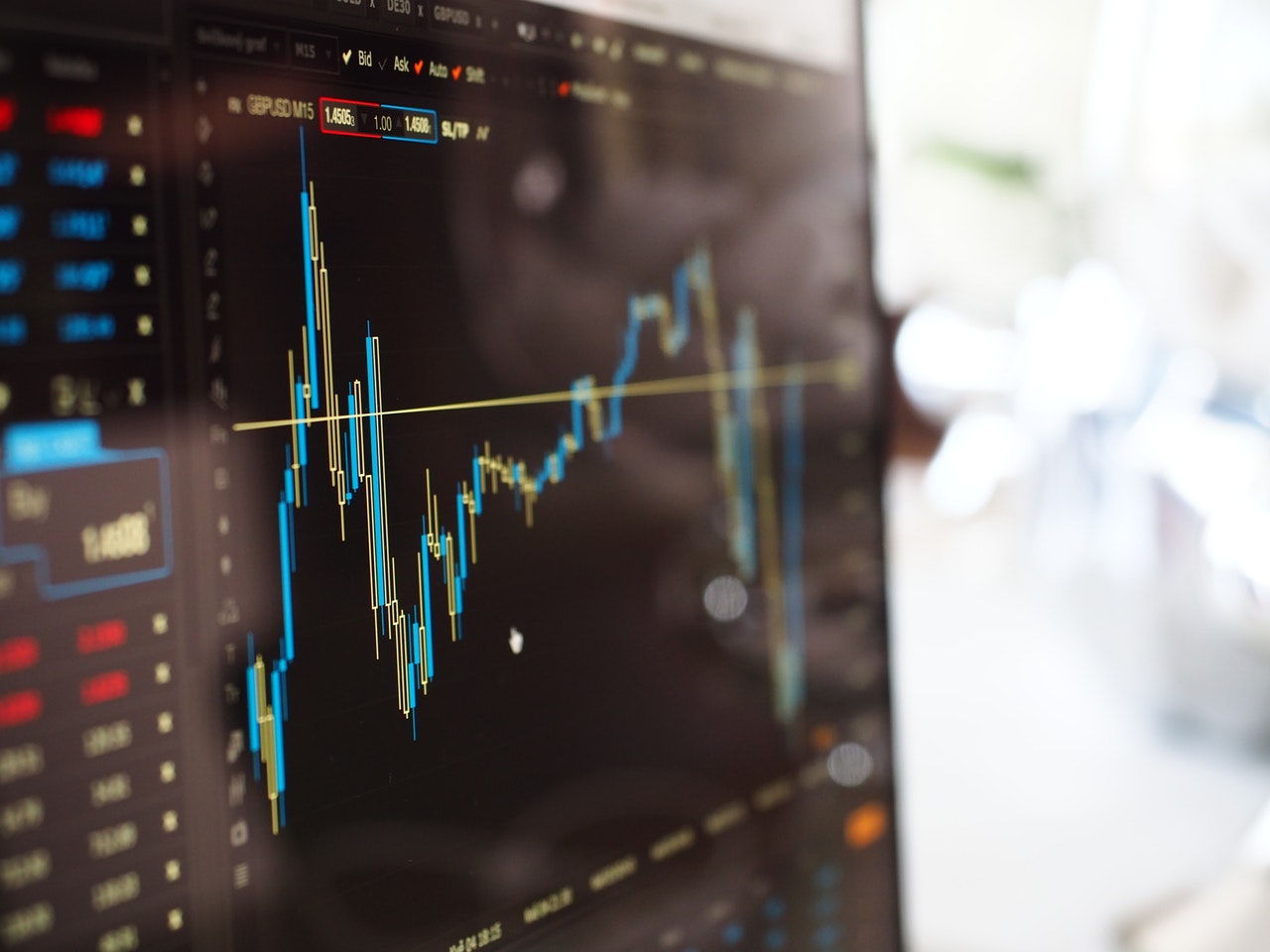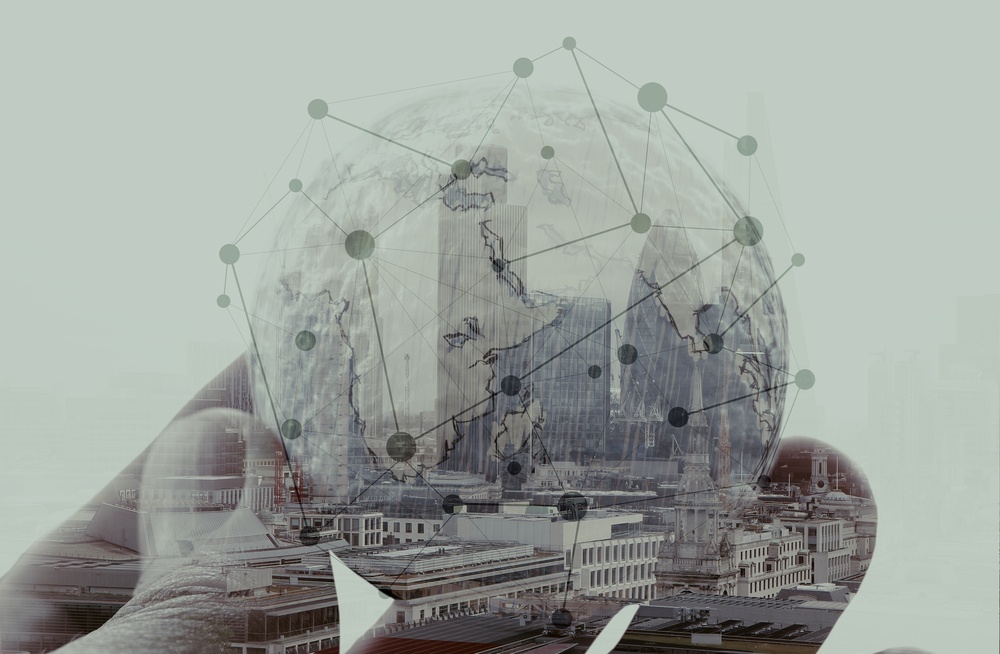Both Big Data and the IoT are the biggest names in the technology trend these days. There are definitely differences between the two, but there are also similarities that boost systems and operations.
As sensors spread throughout almost every industry, the internet of everything will trigger a massive huge data influx. With IoT solutions and Microsoft Big Data big nowadays, it is often the question is the differences of the two.
THE DIFFERENCES OF THE INTERNET OF EVERYTHING AND DATA ANALYTICS
A. What it revolves around. Huge data revolves around information or data received and shared. It’s all about allowing organizations use more of the data around. The internet of things is all about solutions, devices and services linked with the solutions and devices. It is about gathering data, analyzing it in real time for patterns of interest or events and ensuring to integrate any new insight to the rest of the business.
B. Constraints in time. In huge data projects and solutions, it’s perfectly normal for data to rest before it’s used in any type of analysis. That is why, typically the system supports longer-duration use scenarios like capacity planning, predictive maintenance and revenue protection. IoT on the other hand time is the absolute essence. So, the system supports real-time use scenarios like real-time ad bidding, operational optimization, and detection security breach and fraud detection.
C. Data source. Data analytics involves the analysis of big amounts of data that’s human generated. Typical so9urces are social media activity, emails, pictures uploaded and more. The internet of everything involves the aggregation and compression of big amounts of machine-generated data that comes from a range of sensors, like Fitness Trackers, RFIDs, Smart Air Purifiers, Virtual Reality devices and more.
D. The big picture. With huge data, one could analyze all information regarding failures and begin to determine the root causes. With the internet of things, one could track and monitor assets, such as engines, trucks, pumps and HVAC systems. Problems could be connected as they are detected.
MAKING THE CONNECTION
Internet of things companies and big data analytics companies are aware that the technology future lies in data and its analysis. More devices and objects now are connected to the internet, transmit information gathered back for analysis. The aim is to harness data to learn trends and patterns that could be used in making a positive impact on people’s health, on energy conservation, transportation and lifestyle. Nonetheless, data itself does not produce these objectives, instead its solutions that arise from the analysis of it and looking for the answers needed.
Big data has been around long before the internet of things came into the scene to do analytics. Information is defined as large data when it demonstrates the four V’s, namely, variety, volume, velocity and veracity. This equals to a huge quantity of data that could be structure and unstructured, while velocity means the speed of processing data and veracity determines its uncertainty.
The Internet of things concept aims to take a huge range of things and turn them into smart objects. Anything, from watches to ovens, cars and train tracks. Items that normally will not be connected to the web and could obtain and process data, are equipped with computer chips and sensors for gathering of data. Nonetheless, unlike chips used in personal computers, mobile devices, smart phones, the chips are mostly used for data gathering, which indicates the customer usage patterns and performance of product. The internet of everything essentially is a means that collects and sends data. Information from the connected devices lives in huge data and measured against it. And soon the internet of everything would touch each aspect of people’s lives, such as manufacturing, transportation, smart homes and of course consumer goods like wearables, smart phones and a whole lot more.
BRINGING THE TWO TOGETHER
The disruptive technology requires new infrastructures, such as hardware and software applications and an operating system as well. Organizations would have to deal with data influx that begins flowing in and analyze it in real-time as it grows every minute. This is where large data comes in. The analytics tools could handle masses of data that’s transmitted from internet of things devices, which produce continuous information stream.
Both systems are kind of incomplete without each other. They both complement each other and when combined, one could not only react to problems as they happen, one could predict them as well and fix them early on. The internet of everything delivers information from which data analytics could draw the information to build insights that are required of it.
THE CHALLENGES
By the year 2020, it is predicted that 20.8 billion ‘things’ would be used all over the world, as the internet of things continues growing. As a result, there would be major cyber security concerns as well as safety concerns that could arise since cyber criminals can potentially break into traffic systems, power grid and any other connected system which contains sensitive data that could shut down cities. Security platforms offer connected devices protection from breaches of security with a cloud based solution. Traffic could be routed via the platform and set policies for devices so they will not communicate with unnecessary servers.
Since generating and analyzing data is so important to the internet of things, consideration should be given to protect data all throughout its life cycle. Managing information at its level is complex since data would flow across numerous administrative boundaries with various intents and policies. In general, data is stored or processed on edge devices with extremely limited capabilities and vulnerable to sophisticated assault.
Data analytics and the internet of things share a closely knitted future. Without doubt, the two would create new solutions and opportunities, which would have a lasting and long impact. In essence, the capacity of large data is a prerequisite to tap into the internet of everything. Without the right data-gathering in place, it will not be possible for businesses to sort through all the information that flows in from embedded sensors. What this means is that without data analytics, the internet of everything could offer an organization little more than noise.
SOURCE: http://customerthink.com/making-the-connection-between-big-data-analytics-and-the-internet-of-things/
_Logo%20horizontal%20bleu%20et%20vert-1.png?width=1398&height=422&name=(RVB)_Logo%20horizontal%20bleu%20et%20vert-1.png)




